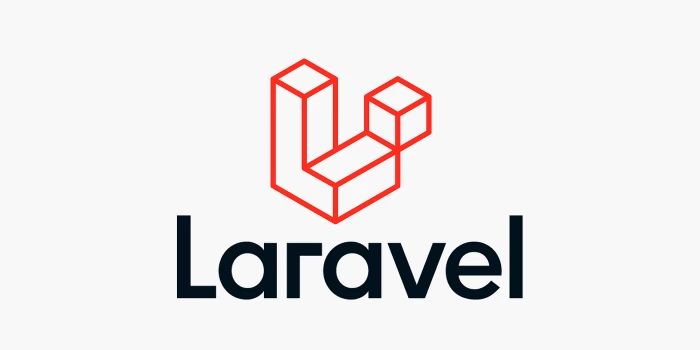Introduction to Laravel
Laravel is a popular and powerful open-source PHP web application framework that has gained immense popularity in the world of web development. It was created by Taylor Otwell and released in 2011.

Laravel is known for its elegant syntax, developer-friendly features, and robust set of tools that make web development tasks easier and more efficient. Here are the key aspects of Laravel:
Elegant Syntax
One of Laravel's standout features is its clean and expressive syntax. It provides a smooth and enjoyable coding experience, making it a preferred choice for many developers.
MVC Architecture
Laravel follows the Model-View-Controller (MVC) architectural pattern. This separation of concerns helps developers organize their code, making it more maintainable and scalable.
Artisan Console
Laravel comes with a command-line tool called "Artisan." It simplifies various development tasks like database migrations, seeding, and generating boilerplate code for controllers, models, views, and more.
Database Access with Eloquent
Laravel's Eloquent ORM (Object-Relational Mapping) simplifies database interactions. It allows you to work with databases using object-oriented syntax, making database operations intuitive and efficient.
Routing and Middleware
Laravel provides a powerful routing system that enables you to define your application's routes and specify how they should be handled. Middleware allows you to filter HTTP requests entering your application, making it a great tool for tasks like authentication and request processing.
Blade Templating Engine
Laravel uses the Blade templating engine, which is both easy to learn and flexible. It allows you to create reusable templates and includes dynamic content using straightforward syntax.
Authentication and Authorization
Laravel makes implementing user authentication and authorization straightforward. It comes with pre-built authentication scaffolding and provides tools for role-based permissions.
Testing and Debugging
Laravel includes support for PHPUnit and simplifies the testing process. It also offers helpful debugging tools like detailed error messages and a built-in development server.
Not a fan of PHPUnit? New Laravel projects may now be created with Pest test scaffolding by default. Pest is built on top of PHPUnit, but it spices things up having access to a user-friendly API that is inspired by Ruby's Rspec and Jest libraries, making it easy to write elegant tests quickly.
Packages and Ecosystem
Laravel has a rich ecosystem of packages and extensions, accessible via Composer, to extend your application's functionality.
Community and Documentation
Laravel boasts an active and welcoming community of developers. You can find extensive documentation, tutorials, and forums to help you learn and troubleshoot pretty much any issue you may encounter.
Laravel's focus on developer productivity and its extensive set of features have made it a go-to choice for building a wide range of web applications, from simple websites to complex enterprise-level systems. Whether you're a beginner or an experienced developer, Laravel can streamline your web development projects and help you create high-quality, maintainable code.
On my next article, we'll dive deep into Laravel and I will show you how to setup your local enviroment the way I do it so you can start building your first web application with the help of this amazing framework.
Until next time. ✌️
